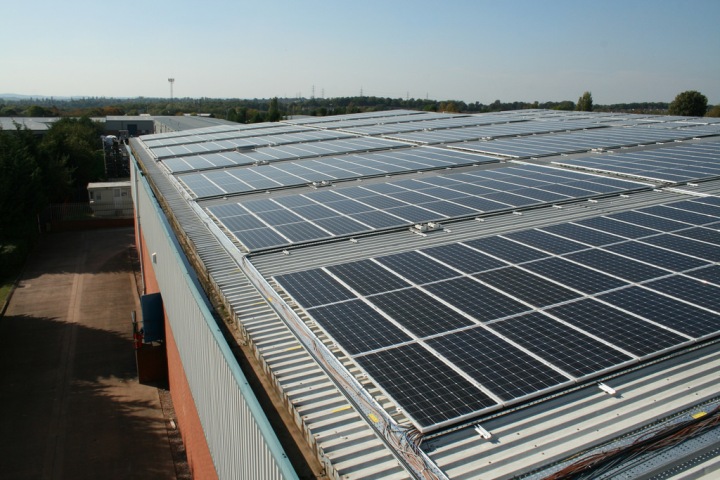Slimming down silicon cells could make solar panels more affordable
Researchers at the Massachusetts Institute of Technology (MIT) and at the National Renewable Energy Laboratory (NREL) have devised a new way to further bring down the cost of solar panels.

- Country:
- United States
Solar power, one of the most promising renewable sources of energy has emerged as a major driver of global energy transformation. However, there are plenty of challenges including the cost of solar cells that hinder the long-term adoption of this sustainable resource.
Even though the cost of solar panels has significantly dropped over the past few years, further cost reductions are crucial in achieving more improvements in terms of affordability. Researchers at the Massachusetts Institute of Technology (MIT) and at the National Renewable Energy Laboratory (NREL) have identified a new pathway to further bring down the cost of solar panels.
According to the researchers, today's silicon photovoltaic cells are made from wafers of silicon that are 160 micrometers thick. By slimming down the silicon cells themselves, researchers believe, the cost of solar panels can be slashed further and the industry can expand faster than ever before.
The challenges surrounding thin silicon wafers can be addressed by using better handling equipment and some recent developments in solar cell architecture, the researchers noted.
Dubbed as 'technoeconomic', the new approach uses improved handling methods to shave down the 160 micrometers thick silicon wafers to 100 micrometers and eventually, as low as 40 micrometers or even less. This technique would need just one-fourth as much silicon for a given size of a panel which would provide some significant savings without compromising the performance.
The work partly supported by the U.S. Department of Energy and by a Total Energy Fellowship is published in a paper in the journal Energy and Environmental Science, co-authored by MIT postdoc Zhe Liu, professor of mechanical engineering Tonio Buonassisi, and five others at MIT and NREL.
It will take time to develop the necessary equipment and procedures to allow for the thinner material, but with existing technology it should be relatively simple to go down to 100 micrometers, which would already provide some significant savings. Further improvements in technology such as better detection of microcracks before they grow could help reduce thicknesses further.
Furthermore, new technologies that produce thin wafers of silicon crystal directly rather than slicing them from a larger cylinder could potentially reduce the thickness to as little as 15 micrometers, in the future.
The study aims to provide a roadmap for those planning expansion in solar manufacturing technologies. By making the path “concrete and tangible,” he says, it may help companies incorporate this in their planning. And for the first movers, the advantage is significant, Buonassisi explained.
(With inputs from the Massachusetts Institute of Technology )
- READ MORE ON:
- MIT
- NREL
- solar cells
- silicon cells
- solar panels
- solar energy
ALSO READ
Engineers clearing collapsed Baltimore bridge say limited-access channel to port to open in 4 weeks
US, Philippines, Japan to tackle South China Sea incidents in trilateral summit, says Manila official
US, Philippines, Japan to tackle South China Sea incidents in trilateral summit, says Manila official
US, Philippines, Japan to tackle South China Sea row in summit
NZ committed to working closely with NATO to support collective security










